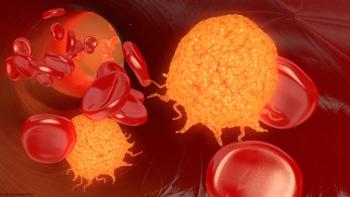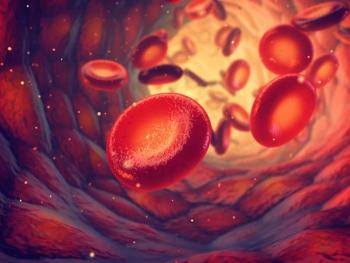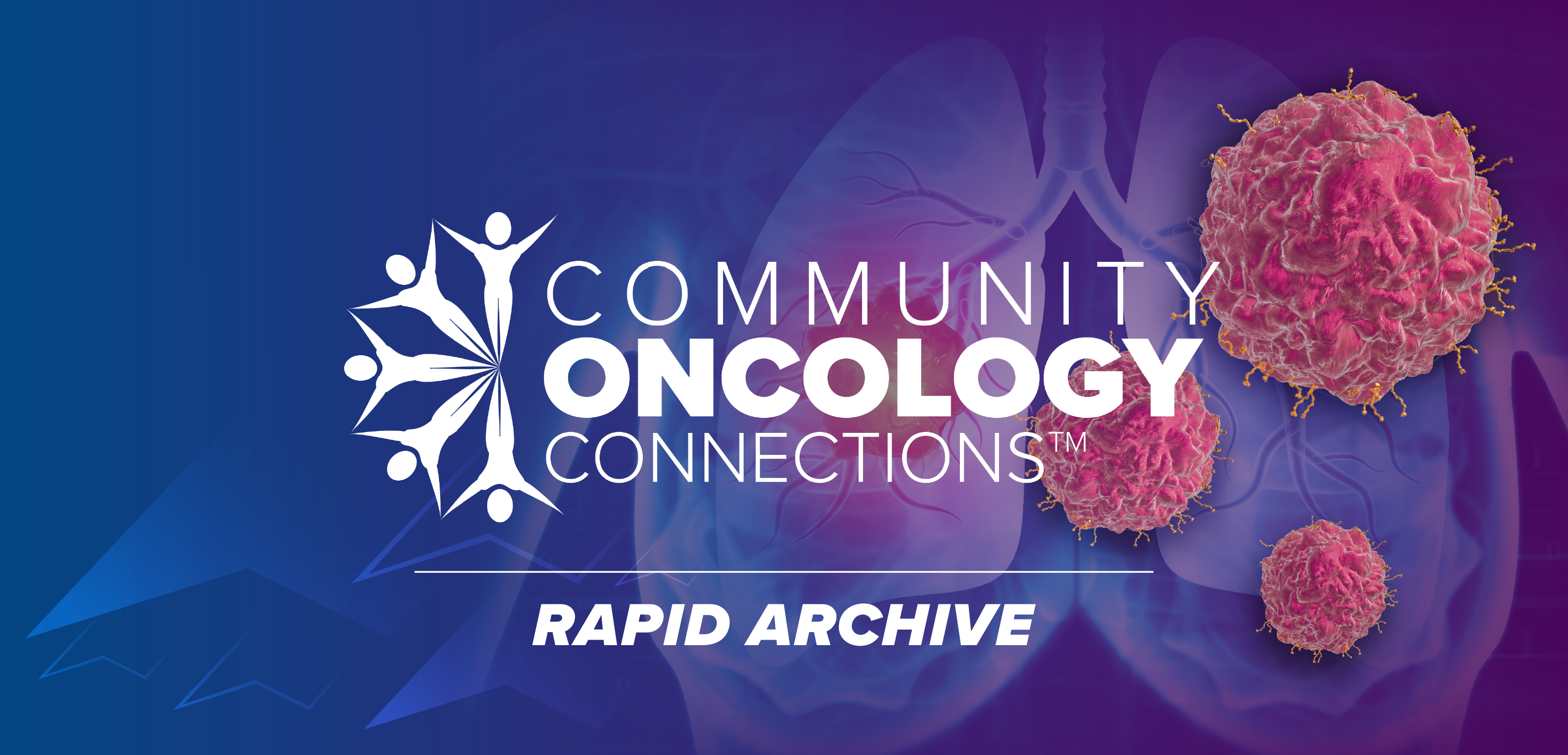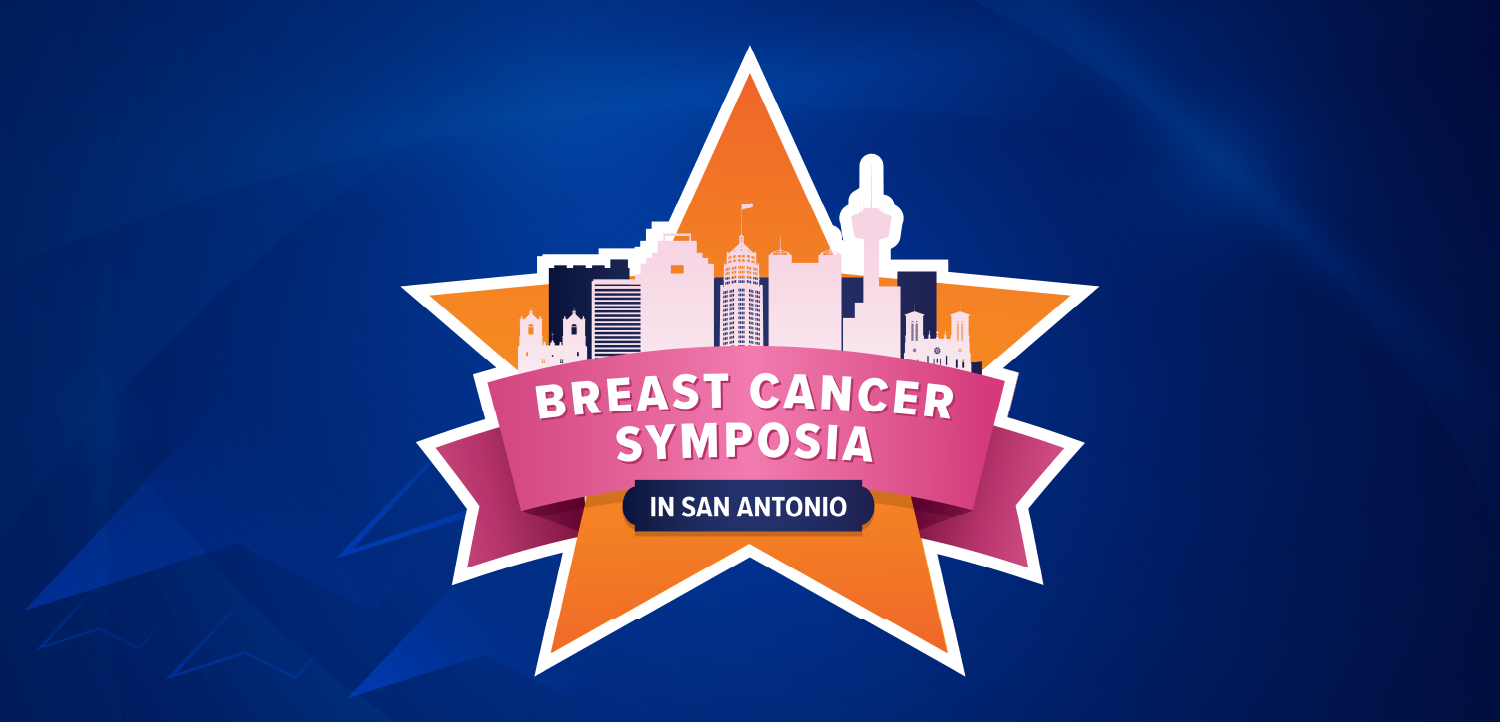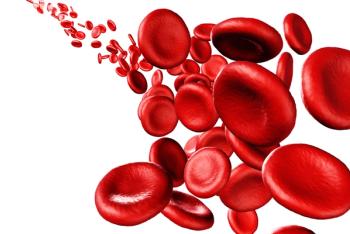
ATO Consolidation in Pediatric APL Allows for Reduced Anthracycline Dose
Arsenic trioxide consolidation was well tolerated in pediatric patients with acute promyelocytic leukemia and allowed for significant reductions in cumulative anthracycline doses.
Arsenic trioxide (ATO) consolidation was well tolerated in pediatric patients with acute promyelocytic leukemia (APL) and allowed for significant reductions in cumulative anthracycline doses, according to the results of the Children’s Oncology Group AAML0631 trial
Traditional treatment of pediatric APL has included high doses of anthracycline, increasing patient’s risk for cardiac toxicity. The AAML0631 trial tested the use of all-trans retinoic acid (ATRA) and ATO with an approximate 40% reduction in anthracycline dosing.
“The favorable results of this study incorporating ATO consolidation with reduced anthracycline dose provide a new benchmark for outcome in pediatric APL,” wrote Matthew A. Kutny, MD, of the University of Alabama at Birmingham, and colleagues.
The trial included 101 patients aged 2 to 21 with confirmed APL. Patients were stratified as having standard-risk or high-risk disease based on white blood cell count. All patients received ATRA during induction, each consolidation course, and during maintenance, which also included oral methotrexate and mercaptopurine. All patients received two cycles of ATO during consolidation 1. Along with high-dose cytarabine and anthracycline, standard-risk patients received an additional two courses of ATO and high-risk patients received an additional three courses of ATO.
The median follow-up for living patients at last contact was 3.73 years. The 3-year overall survival for the study population was 94% and the event-free survival was 91%. Patients with standard-risk disease had significantly better overall survival (98% vs 86%; P = .003) and event-free survival (95% vs 83%; P = .03) compared with high-risk disease.
Compared with a historical control trial, AIDA 0493, which used a significantly higher anthracycline dose and did not include ATO consolidation, the event-free survival for patients with standard-risk disease in this trial was noninferior.
Finally, the relapse risk for patients from the end of consolidation 1 was only 4% at 3 years and was not significantly different between standard-risk and high-risk disease patients.
According to the study, most patient deaths occurred during induction because of disease complications of differentiation syndrome and coagulopathy. There was one patient death due to infection during consolidation 2. Treatment with ATO resulted in prolonged QTc interval, but it was mostly grade 1 or 2 in severity. No heart failure or cardiac deaths occurred.
“Our trial demonstrates that chemotherapy with ATO consolidation can result in a low relapse rate in both standard-risk and high-risk APL,” the researchers wrote. “The use of ATO allowed an approximate 40% decrease in cumulative anthracycline dosing without compromising survival in standard-risk APL compared with a benchmark from the AIDA 0493 trial.”
Newsletter
Stay up to date on recent advances in the multidisciplinary approach to cancer.




